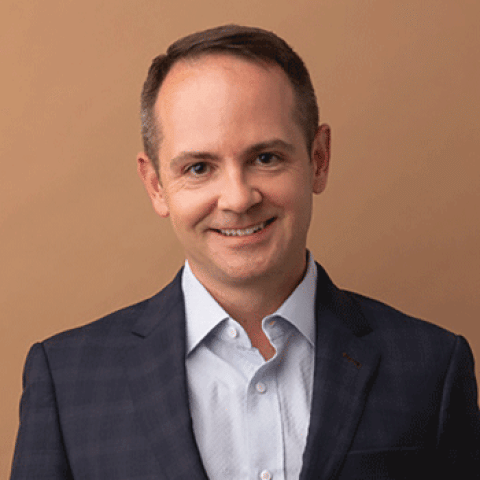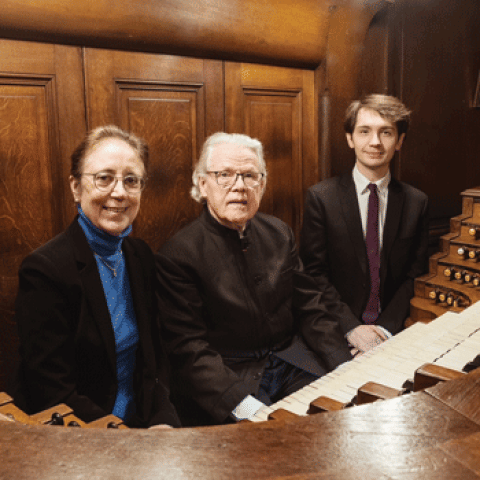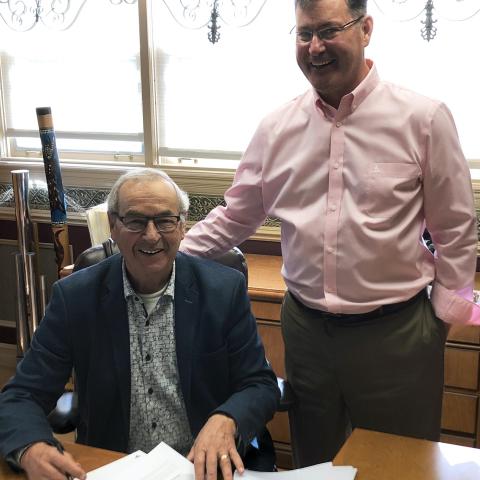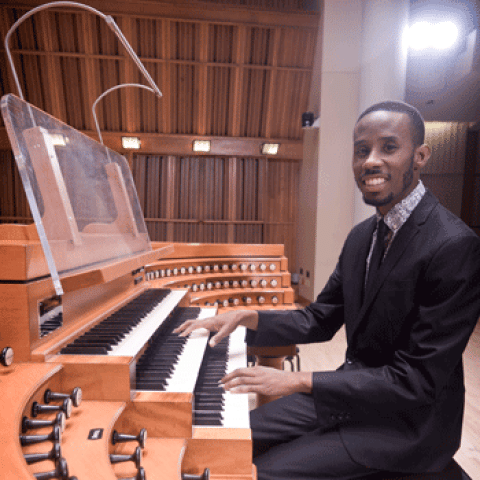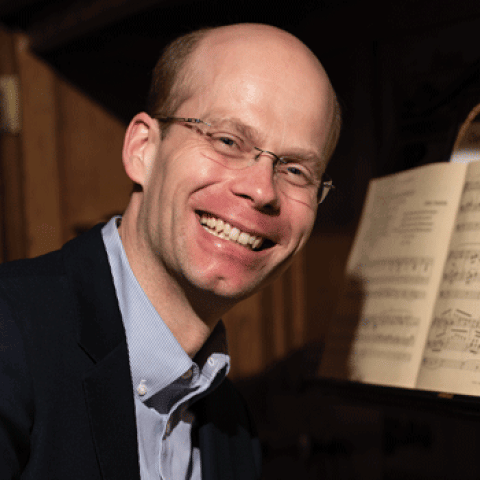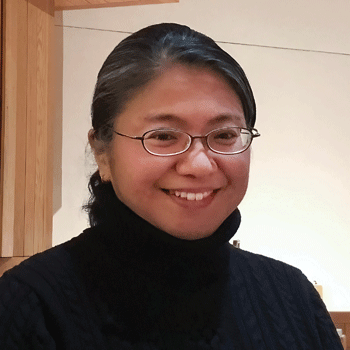
Nami Hamada is appointed tonal director of C. B. Fisk, Inc., Gloucester, Massachusetts.
She rejoins the Fisk workshop after her departure in 2018. During the intervening years she has worked with many firms in organbuilding. Her participation in organ projects across the United States, Europe, and East Asia has expanded her practical skill as a voicer and deepened her understanding of the tonal architecture of organs across national styles and eras. Hamada will be responsible for developing the tonal concept of new Fisk instruments, specifying pipe scales and construction, overseeing the training and development of a new generation of Fisk voicers, and sharing her craft skills with the entire workshop.
Hamada steps into this new role as David C. Pike prepares for retirement. Pike will remain with the firm to support the transition with his knowledge and experience.
For information: cbfisk.com.
Other recent appointments:
Colin Lynch to Trinity Church, Copley Square

